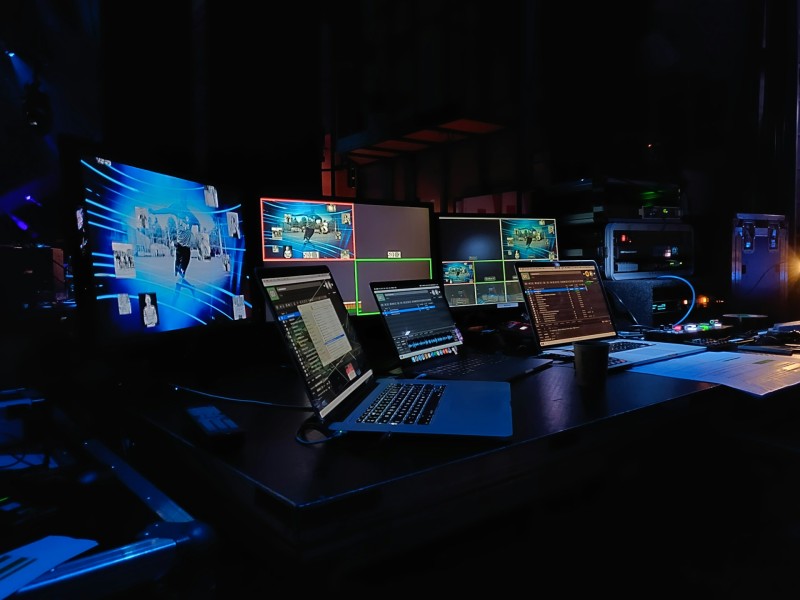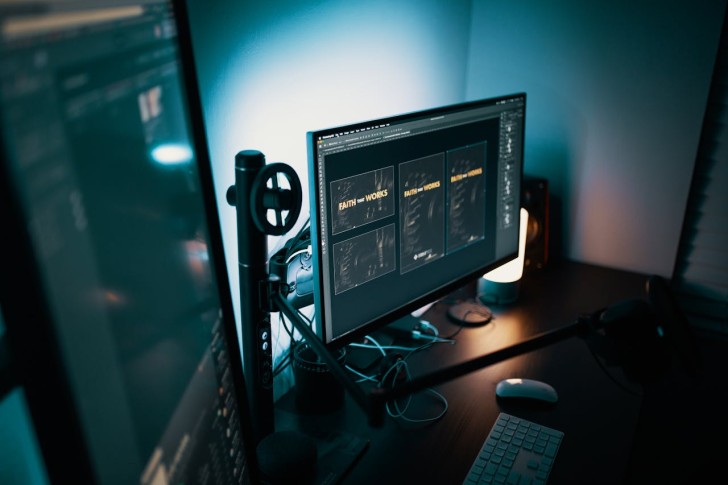In this way, resolution is not only a technical setting but also a factor in attention and productivity.
The Basics of Resolution and Focus
An HD (1280×720 pixels) display can barely be considered more detailed than a Full HD (1920×1080 pixels) display or a 4K (3840×2160 pixels) display. The letters and numbers can also be rough, and the edges lack the precision with the reduced pixels. The more pixels in the same space, the more the shapes and lines can be followed. This variation has a direct influence on focus. With a clear image, there is a chance to make the eyes more relaxed, whereas with a low level of detail, the eyes strain to produce more detail. With time, the strain has the potential of causing quicker fatigue.
This also extends to the way the brain processes information. Clear images minimize the effort to identify the symbols or the text, and more time is devoted to the work. For example, reading a spreadsheet of numbers will usually call on a 720p screen, zoom in, and scroll across when on a 4K screen, the same sheet can be read comfortably in its entire layout. The same applies to dashboards, charts, or logs within a system: the more the resolution, the faster read and concentrated.
Gaming and High-Speed Reactions
In fast games, resolution affects how quickly players can respond. A higher resolution shows more detail, making movements and objects easier to see. This reduces blur and makes recognizing what is happening on the screen quicker. This can mean spotting an opponent before they see you in competitive matches. The same applies in monopolylive.com, where following the action in real time is easier when the image is clear and sharp. Ways higher resolution helps:
- Early spotting of opponents or hidden movement
- Easier tracking of fast-changing elements on the screen
- Reading small interface details without straining the eyes
- Better balance between resolution and refresh rate for smoother play
For example, a 4K monitor shows invisible details at 720p, but if the refresh rate is too low, action can still feel delayed. Many players choose 1080p or 1440p with 120Hz or higher, which combines clear images with responsive speed.
Data and Decision-Making for Investors
People who trade stocks or crypto often need to watch many charts and tools at the same time. Screen resolution decides how much of this information fits in one place. With higher resolution, more data points and windows can stay open together. With lower resolution, the same trader may need to switch tabs often, which can slow down reactions and increase mistakes.
| Resolution | What Can Be Seen | Risk of Error |
| 720p | 1–2 charts clearly, frequent tab switching | Higher, due to missed details |
| 1080p | 3–4 charts plus news feed on one screen | Lower, easier to track |
| 4k | 6+ charts, multiple windows side by side | Lowest, full view at once |
The impact goes beyond simple comfort. Missing a price spike or a sudden market dip can mean financial loss. Higher resolution helps traders spot patterns faster, compare several assets in real time, and keep an eye on news without leaving their main chart view. This setup reduces delay and supports quicker decision-making when markets move fast.
IT Work and Productivity
For IT specialists, resolution affects how smoothly daily tasks are done. Coding, design, and system monitoring rely on seeing text and data clearly. With higher resolution, more windows can stay open side by side, which makes it easier to switch between tasks without losing focus. For example, a developer can code in one window, test in another, and read documentation simultaneously. Benefits of higher resolution for IT work:
- Run several apps without overlapping windows
- Less scrolling or zooming when reading long lines of code
- Easier comparison between logs, dashboards, and test results
- Faster detection of unusual activity in system monitors
Lower resolution, by contrast, often leads to constant tab switching and extra eye strain. System administrators, in particular, benefit from larger screen space because it lets them keep logs, alerts, and dashboards visible at once, speeding up reactions.

When Resolution Is Not Enough
Higher resolution can bring clear benefits, but is not always the most important factor. Older laptops or desktops may not run higher settings smoothly, and weaker internet connections can struggle with high-resolution video streams. Using more pixels also puts extra load on the GPU and CPU, which can reduce frame rates or slow down other tasks.
Not all users gain the same value either. For people with visual impairments, more pixels do not always translate into better readability. In some cases, refresh rate or screen size has a stronger effect on comfort and performance. For example, a small 13-inch screen at 4K may not feel very different from 1080p, while a large monitor shows the gap more clearly. The best setup depends on both the device’s power and the way the screen is used.
Final Thoughts
Screen resolution has a clear effect on how people use digital tools. It shapes clarity, focus, and the way decisions are made. Gamers can react faster when details are easier to see, investors can follow charts without missing changes, IT specialists can manage code and system data with fewer distractions, and athletes or coaches can review footage with more precision. Each group benefits differently, but there is no single best setting for everyone. The right choice depends on the task, the power of the device, and what feels comfortable for long use.
 Peter Smith
Peter Smith

 Peter Smith
Peter Smith


